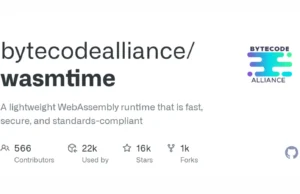A critical vulnerability, CVE-2025-29927, has recently been identified in the Next.js ecosystem, allowing attackers to bypass authentication mechanisms implemented at the middleware layer.
This vulnerability has caused significant concern among developers and security researchers, as it can lead to unauthorized access, Content Security Policy (CSP) bypasses, and even Denial of Service (DoS) attacks via cache poisoning.
Affected Versions And Remediation
The vulnerability affects Next.js versions 15.x < 15.2.3, 14.x < 14.2.25, and 13.x < 13.5.9. To mitigate this issue, it is crucial to upgrade to the latest versions: Next.js 15.2.3 or higher, 14.2.25 or higher, and 13.5.9 or higher.
Challenges With Publicly Disclosed Checks
Publicly disclosed checks for this vulnerability often rely on detecting rewrite logic in middleware responses, using headers like x-middleware-rewrite, x-middleware-next, and x-middleware-redirect.
However, these checks fail to account for applications that use redirects instead of rewrites, leading to missed vulnerabilities.
Additionally, these checks can generate false positives due to common locale-based redirects.
Building A More Reliable Check
To improve detection, researchers at Assetnote developed a more reliable method.
By sending the x-nextjs-data: 1 header in an HTTP request, Next.js can be coerced into responding with internal headers like x-nextjs-redirect, which are not accounted for in public checks.
This approach helps identify middleware redirects more accurately.
To simplify exploitation, a polyglot payload was designed for the X-Middleware-Subrequest header. This payload covers various potential bypass cases in a single request, reducing the number of requests needed to validate the vulnerability.
The Next.js middleware bypass vulnerability highlights the importance of thorough security research and accurate scanning methodologies.
By understanding how middleware is commonly used in Next.js applications and developing more sophisticated checks, organizations can better protect their attack surfaces and prevent exploitation of this critical vulnerability.
Assetnote’s approach demonstrates the value of comprehensive security analysis in identifying and remediating vulnerabilities effectively.












%20Works.png)



.webp)
